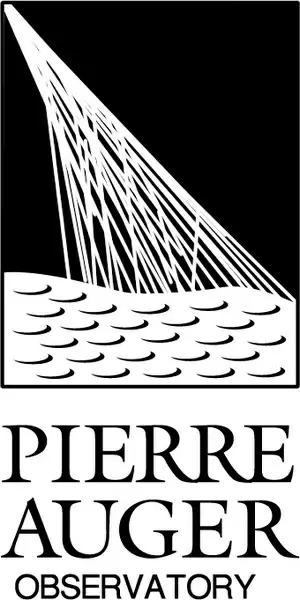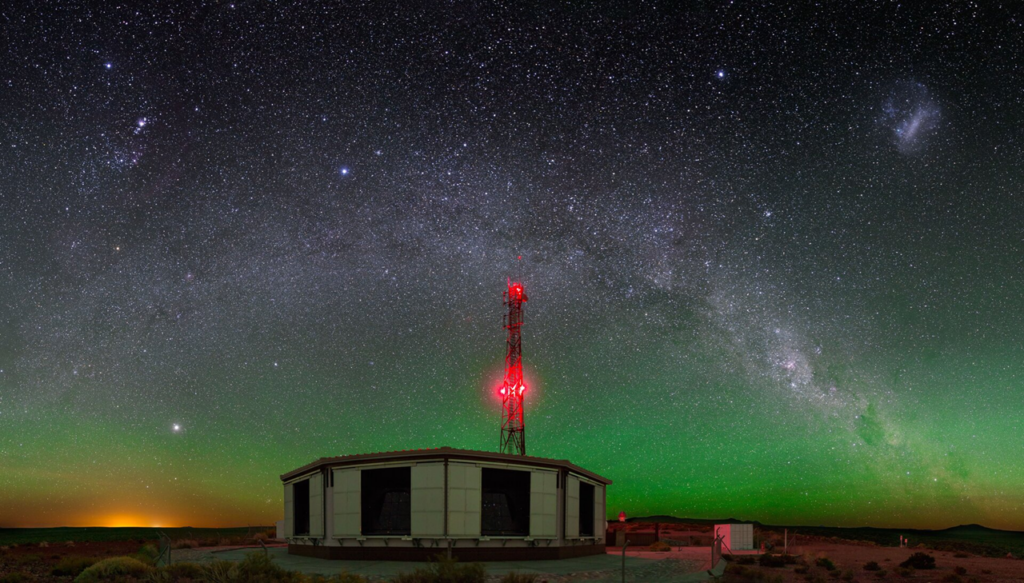
The Pierre Auger Observatory (https://auger.org) is one of the world’s leading scientific projects for the ground-based exploration of ultra-high-energy cosmic rays, through the direct measurement of the properties of air showers produced by these particles in the atmosphere.
The Observatory is located in Argentina, near the town of Malargüe in the province of Mendoza, and has been operational for over two decades. Recently, the funding agencies signed an extension of the International Agreement, confirming the continuation of data taking through 2035. The project involves around 400 researchers from 17 countries, including Italy, which has played a key role since the construction phase of the Observatory.
A defining feature of Auger is its hybrid design, which combines a Surface Detector (SD) and a Fluorescence Detector (FD). The SD spans an area of 3,000 km² and consists of 1,600 Water Cherenkov Detectors (WCDs) arranged in a triangular grid with 1.5 km spacing. The FD is made up of 24 fluorescence telescopes located at four peripheral stations, which observe the atmosphere above the array and detect the fluorescence light emitted during the development of extensive air showers. The Observatory also includes a denser array of WCDs and three high-elevation fluorescence telescopes to lower the energy threshold for detection. Recently, the SD stations have undergone a significant upgrade, including the installation of scintillators, radio detectors, and improved electronics.
The simultaneous observation of air showers using different techniques enables high-statistics and high-precision studies. The vast coverage of the SD array makes it possible to detect extremely rare events at energies around 10²⁰ eV, with fluxes on the order of one particle per square kilometer per century. The Pierre Auger Observatory has achieved groundbreaking results that have revolutionized our understanding of these extreme-energy cosmic messengers. It has been demonstrated that these particles are of extragalactic origin, and the energy spectrum has been measured with unprecedented precision. The suppression at 5 × 10¹⁹ eV, predicted in the 1960s as a result of energy losses due to interactions with the Cosmic Microwave Background, has been confirmed. The “ankle” in the spectral curve at 5 × 10¹⁸ eV has been precisely characterized, and a new feature—an additional inflection point just above 10¹⁹ eV—has been observed.
It has been shown that cosmic rays are composed of nuclei ranging from hydrogen to silicon, with an average mass composition that becomes heavier at higher energies. The data suggest that the acceleration mechanism at the source is electromagnetic in nature, with a maximum energy limit that shapes the observed energy spectrum. The measurement of arrival directions has revealed that a fraction of these cosmic rays originate from the region of Centaurus and from certain nearby starburst galaxies on cosmological scales.
Thanks to its ability to identify air showers generated by neutrinos and photons, the Observatory plays an active role in multi-messenger astronomy alongside gravitational wave and neutrino observatories. The absence of neutrino- and photon-induced events at the highest energies has allowed the setting of stringent limits on new physics beyond the Standard Model of particle interactions—for example, disfavoring scenarios in which cosmic rays originate from the decay of super-heavy dark matter.
Auger data are of exceptional value to the scientific community, not least because they provide access to energy scales far beyond those achievable in lab (LHC energies correspond to 10¹⁷ eV). The Auger Collaboration has published more than 140 articles in peer-reviewed journals and is strongly committed to the public release of the cosmic ray data collected to date (https://opendata.auger.org).

References








